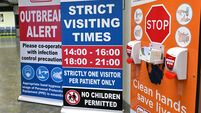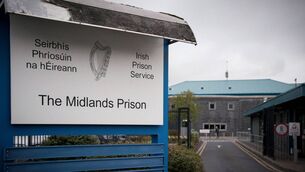Irish airlines have put in place safety measures to check cabin pressure
Ryanair added a safety check on cabin pressure systems earlier this summer, after an incident last year when the pilot on one of its Boeing 737s forgot to restart the cabin’s oxygen supply after take-off.
This happened on a flight between the Spanish airport of Reus and Dublin on November 8, with 116 passengers and crew on board.
Failure by the pilot to activate the system meant cabin pressure reached dangerous levels without the flight crew immediately becoming aware of the problem.
The pilot initiated an emergency descent after a warning horn sounded when the plane reached its cruising height of 32,000ft.
One of the key areas to be studied by investigators examining the Helios Airways crash is why such a warning alarm does not appear to have alerted the flight crew to the danger.
Air Accident Investigation Unit (AAIU) inspector Graham Liddy said: “Pilots can switch off the cabin pressure system to get extra power for take-off. The problem is there is no automatic warning to remind them that it has been switched off once the flight is airborne.”
It is believed the flight crew on board the Helios Airways Boeing 737, which crashed outside Athens, lost consciousness before they were aware of a problem with the pressurisation system.
Four other incidents involving similar problems with cabin pressure on flights operated by both Ryanair and Aer Lingus have been investigated by the Department of Transport’s AAIU since 2000.
According to the AAIU, the problems were generally caused by the failure of flight crew to adhere to their airline’s standard operating procedures, as well as inadequate vigilance on cabin pressure instruments.
Aer Lingus said it had procedures in place for pilots to check the pressurisation system after take-off and at 10,000ft.
Without proper cabin pressurisation, passengers and crew can show symptoms of hypoxia (oxygen starvation) at a height of 10,000ft.
At 20,000ft, people can have convulsions leading to coma and possible death within minutes.
At 35,000ft, a common cruising altitude for many commercial flights, people will survive for a maximum of 50 seconds without cabin pressurisation.
However, oxygen masks should lower automatically at 14,000ft if the system is not working properly on board such aircraft.
Air safety inspectors from the AAIU, which examined the Ryanair incident, recommended last May that the airline should alter its standard operating procedure to include a specific check on cabin pressure when climbing beyond 10,000ft.












